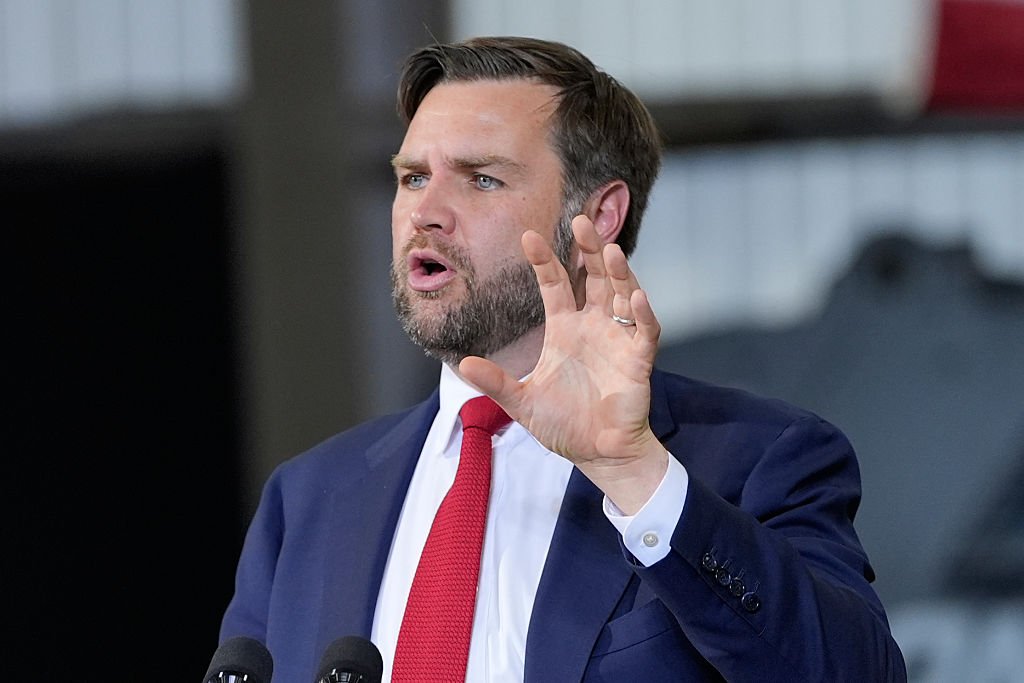Now Reading: Economic strategies for New York City’s future mayor
-
01
Economic strategies for New York City’s future mayor
Economic strategies for New York City’s future mayor

Article Summary
The financial landscape of New York is concerning, especially as state spending continues to rise from $111 billion in fiscal 2022 to an expected $146 billion by 2026. Despite Governor Kathy Hochul’s affirmations not to increase income taxes, hidden payroll tax hikes have been introduced. Concurrently, competition from Sun Belt states poses a substantial challenge to the city’s ability to raise tax revenues further. While private employment has only slightly grown by 3% since 2020, most of this growth has come from lower-wage sectors like healthcare, which creates minimal contributions to the city’s already strained tax base.
The city’s deteriorating quality of life, illustrated by plummeting birth rates and soaring living expenses, particularly affects families, compelling many to leave. Annual demographics indicate a drop from a net gain of 68,000 to 35,000 between 2011 and 2024. Increasing costs of housing and childcare have pushed families with higher incomes out of the city, resulting in a significant demographic shift. Although the population saw a slight increase in 2023 due to a wave of international migrants, many of these newcomers face work restrictions that hinder their economic contributions.
The migrant crisis has further complicated New York City’s fiscal challenges, diverting essential resources to accommodate hundreds of thousands, costing the city over $7 billion since 2022. Although inflation in the migrant population has started to reverse, Mayor Eric Adams is urged to terminate high-cost shelter contracts and merge shelter operations to use city resources more efficiently. This consolidation could help regain control over public expenditure, allowing funds to be redirected toward improving city infrastructure and services.
Finally, creating a more appealing environment for businesses and families hinges on effective governance and policy reforms. The next mayor must prioritize increasing housing supply to alleviate exorbitant living costs and enhance public safety via increased law enforcement presence and maintenance of public spaces. Initiatives for a more substantial Rainy Day Fund will also be critical in stabilizing city finances in times of fiscal strain. By implementing these strategic policies, New York City can transform into a destination where residents, particularly families and young professionals, are incentivized to stay and thrive.












